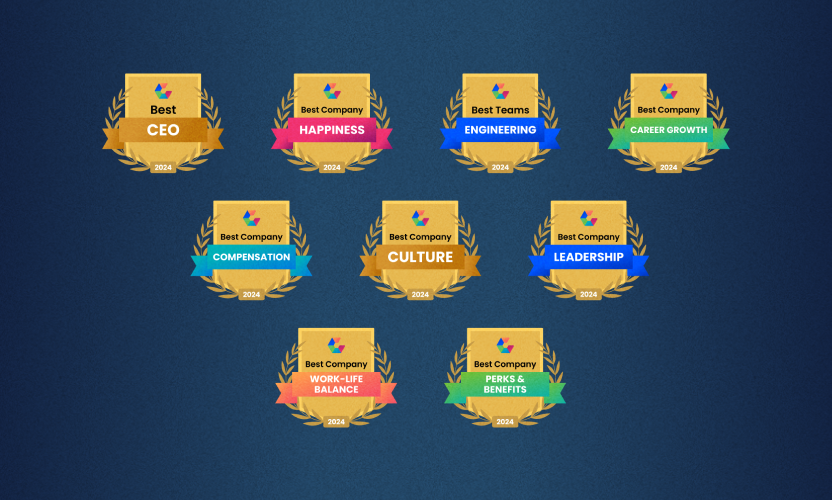5 Top Resolutions for IT in 2013
Every year we take a moment to reflect on the previous year, and in doing so, we usually come up with a multitude of things that we can do better. Often those involve dieting, quitting bad habits or being nicer to certain people. Yet we seldom take a moment to reflect on our jobs and ways in which we can do things better, smarter or more efficiently. It’s with that backdrop that I decided to pen a few thoughts of my own on the top five new years resolutions for IT and the Cloud:1. Own it: Getting control over your house doesn’t mean you have to impose draconian measures, but frankly, the BYOD movement has changed the rules a bit. Take time to really own the problems your company faces, understand them, and ultimately create solutions that are based on a marriage between the realities of the front line and technology. Focus on applications and data, and worry less about the desktop, give them what they need, where they need it. Find the themes in what you hear from employees, determine the use cases and look for technology that solves that use case. Equally importantly, be aware that what works for personal use may not scale for the entire company.2. Secure it: The cloud can be a demilitarized zone fraught with problems waiting to blow up in your face leaving your data scattered in a thousand pieces. That doesn’t mean you should ignore it, nor does it mean run head first into a cloud deployment. Rather, determine how much of your data is truly “sensitive” (I’ve heard it can be as little 20%) and work on a deployment that allows you to access the bulk of your data in the cloud, and maintain stricter local control over sensitive data. Additionally, don’t ignore the personal storage landmine as it’s one that can quietly explode in your face. Determine policies for using (or not using) personal file sharing solutions. What most companies don’t realize (or acknowledge) is that if you’ve got multiple users using their own accounts, when they leave the company, of their own will or not, your data likely leaves with them. Retrieving it will be messy and painful, and you likely have your data in tens, hundreds or even thousands of accounts at different providers, potentially located all over the world. Secure it before it’s a bigger problem than it already likely is.3. Live it: Keep on top of the latest developments, and spend at least 10-20% of your work time understanding the latest developments in the IT and cloud world. This is really less about the actual developments and more about the mindset of not being stagnant. There’s nothing worse then an IT department that can’t keep up with its users (think BYOD). This isn’t to say you have to implement every new and improved mouse trap some startup is hawking, but it is about being aware and forever optimizing. This won’t only help your career, it’ll likely help your company, and perhaps employees will appreciate you a bit more.4. Breathe it: When you buy a car, you take it for a test drive right? Keep that mindset and dedicate yourself to trying more new things more often. Vendors have changed, times have changed, and the speed of new versions and roll-outs have definitely changed. Pilot projects can be done quickly and easily, and you don’t have to create some perfect plan to roll it out to the entire company. With low cost and speed in mind, try a 10-25 person pilot including not only end users but also, admins. Keeping overhead low for a potentially huge return, makes sense in this new world of the cloud.5. Work it: Shine, in everything you do, and that means getting consensus for your projects. You can’t take an “if I build it they will come” attitude when implementing your projects, so you’ll need to work that project. If you can solve the day “0” problem, i.e. implement in less than 30 minutes and show value within a day, you’ll have a higher likelihood of success. Work your connections, get internal buy-in, and learn to sell a little. After all, the more successful your project, the more political capital you have when you want to implement your next project.By Vineet Jain, ComputerworldJanuary 4, 2013Click here for original article






